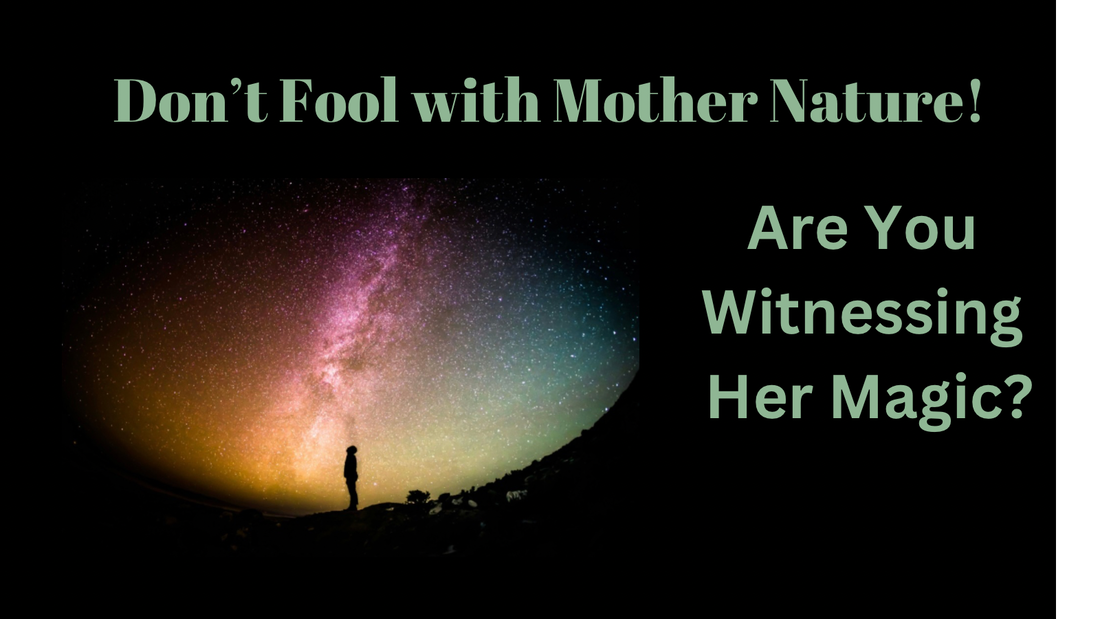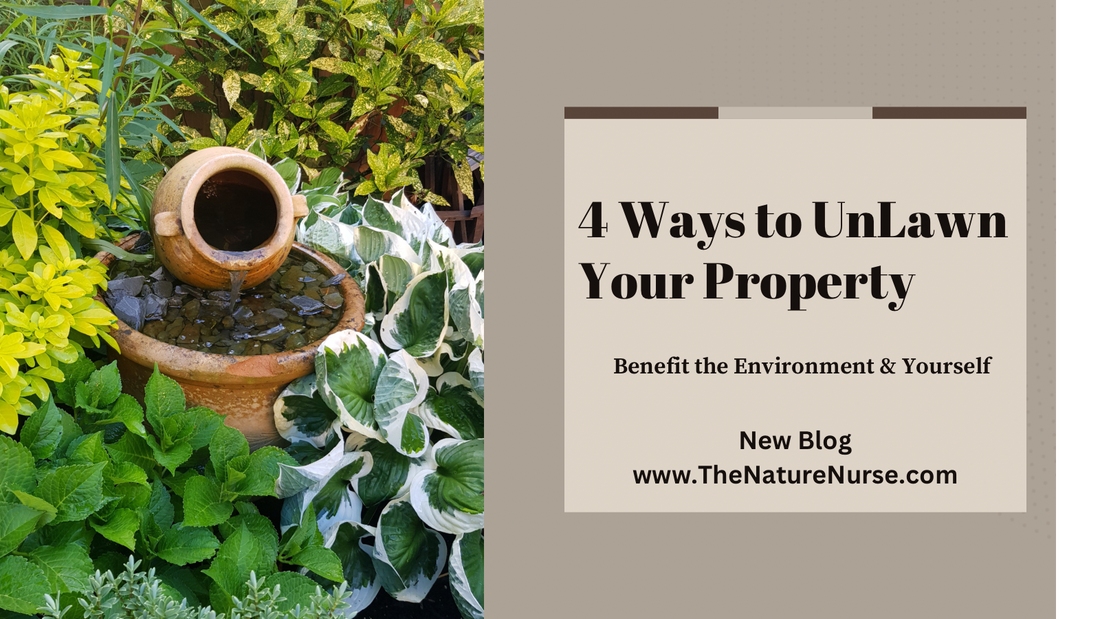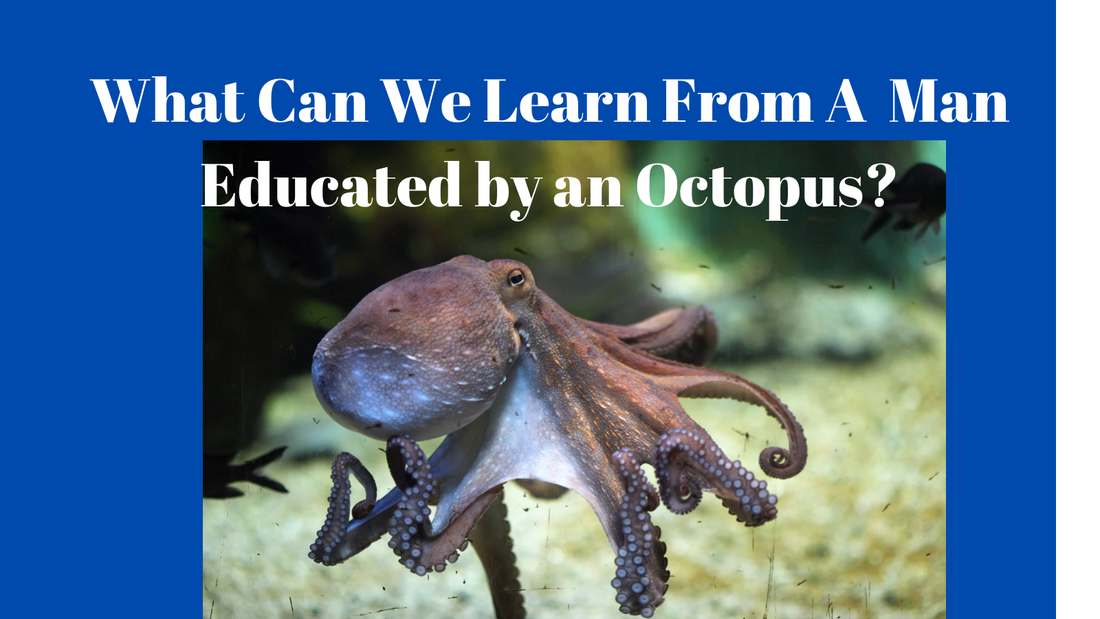|
Do you have plans for the weekend or want something different to do? Something relaxing and restorative. Something that may help you feel less lonely and more connected, even stimulate some creative ideas that lie beneath your surface.
Here is a nature connection exercise that you can try. Imagine yourself in a tranquil corner of nature, where the only sounds are the soft rustling of leaves, the melodious chirping of birds, and the gentle flow of a nearby stream. No man-made sounds. No planes, trains, automobiles, shouting, music, or leaf blowers. Just pure, unadulterated tranquility. This space outside our doors may be more challenging to find than you think. Scientists and others are now searching for and documenting these man-free sound sanctuaries. If you decide to try it, go outside and search for the 'rawest' nature you can find. This is nature untouched by man, a rare and valuable experience. Pause, maybe sit comfortably in this space, and listen. What do you hear? Is it nature-made or man-made? Close your eyes and listen. Maybe take a few deep breaths to relax into the experience. How do the various sounds feel in your body? When you open your eyes, take a moment to reflect on this experience. If you have a pen and paper or a notes app, jot down what stirred within you during this exercise. This reflection is a vital part of the process, as it allows you to fully embrace and understand the impact of the nature connection exercise. Many of us who take the time to get to know our natural world more intimately find that developing a relationship with Mother Nature has several benefits. Feel free to share yours in the comments below. Ready to go deeper and develop a harmonious relationship with Mother Nature that will help you lead a more joyful, vibrant life? I now accept women and small corporate retreat applicants for my upcoming Unearth Your True Nature Programs. Contact me to learn more and secure your spot.
0 Comments
Photo: Greg Rokozy, Unsplash Ask any mother with more than one child what her greatest wish is, and you might find her saying, “that all of my children get along and love each other.” So, why should Mother Nature be any different? Recent extraordinary, breathtaking events have led me to ponder, “Could Mother Nature be orchestrating these to prompt us to unite in a world that is rife with conflict and division?” Science tells us that when humans experience events that trigger a feeling of awe, they can unite us, recognize our collective humanity, and humble us. During the recent solar eclipse in the United States, millions came together to witness the moon cross before the sun. In a beautiful display of unity, many donated their special glasses to causes like Astronomers Without Borders, who then shipped them to teachers, students, and astronomy lovers. If you were lucky to witness the sky light up and dance with brilliant colors during the geomagnetic storm that impacted the northern hemisphere last weekend, congratulations! Social media flooded with photos of iridescent colors in several countries. People spend thousands of dollars to travel to see the event that many had the chance to experience in their own backyard. Photos: John Dean We don’t have to wait for the next jaw-dropping show Mother Nature decides to put on. We can join together, discover the wonder, and revere the gifts the natural world shares with us. For example, during the Pandemic lockdown period, friends and I made a point of going out and enjoying the full moon at the same time even though we live miles from each other. We would take a picture of the moon from our vantage point. We even went as far as to put a water glass out to capture the moon's energies, an ancient practice believed to cleanse and charge our souls and support intentions. It was fun and made us feel close during a difficult time.
Are you looking for other ways you, too, can tap into the nature-loving collective? How about going on a whale watch, growing flowers and then sharing them with friends, or simply enjoying a sunrise or sunset with a loved one? Mother Nature continually offers us opportunities to feel part of this glorious planet we call home. Do you have a way that you like to connect with the natural world? Please share it in the comments below. Lush green lawns, once a sign of prestige and luxury, are now viewed as environmentally unfriendly and toxic. As awareness grows about the research linking weed-killing chemicals like glyphosate to cancer and other illnesses and the need for more native plants to help support wildlife, property owners are taking action by unlawning.
Removing grass and replacing it with other options has many potential benefits, in addition to decreasing toxicity and helping our pollinators and other critters. It can help promote biodiversity, which studies have shown enhances our well-being. It may also save money and time. Looking for ways to jump on this sustainable trend? Here are four: Create a Vegetable Garden: Imagine the joy of harvesting your own homegrown tomatoes. Section off a sunny part of your lawn, till the soil, add some compost and a fence if needed, and fill it with your favorite veggies. To learn more about how to get started, check out the Healthy Green Thumbs video series. Make Yourself a Nature Sanctuary Do you yearn for the soothing sound of water running over rocks or the shade of a tree on a hot summer day? The possibilities for creating your own tranquil space are endless! Designate a section of your property as a quiet space and add natural elements that will bring you joy: a water feature, a bird feeder, an Adirondack chair, some trees, and seasonal perennials. You don’t have to do it all at once. Make it a hobby. Ask for gifts that will add to the serenity of your special place. Add a Forest Do you love the color of fall foliage or the magnificent blooms of spring? Plant trees that offer color and accent the seasons. Enjoy watching the trees mature and provide birds, squirrels, and other wildlife homes. Go Native Plant some native plants amongst the lawn and let nature take over. Plants commonly considered ‘weeds’ may start growing, providing essential nutrients to bees, and some benefit people. Take a class to learn how to forage and create teas, tinctures, and more with plants outside our doors. Are you excited to learn more about how you can live a more joyful, vibrant life in harmony with Mother Nature? Sign up for my free seasonal e-newsletter on the homepage of TheNatureNurse.com . A wild dolphin swims beside me. The unrelenting grief that felt like someone ripped my heart out not only instantly disappears, but it is replaced by a euphoria that I have never experienced before.
His eye looks into mine as he swims past me, tilted to one side. He circles, and on his second pass, Winston, a male captive beluga whale, tilts his entire body and flashes me a huge erection! Molly, a wild raccoon my mother named and fed dinner scraps to every night when we were kids, allowed her kits to venture down the hill to meet us. My siblings and I sit on the bottom stair and hand-feed the youngins as Molly watches them from the top of the hill. When she decides they have had enough, at least that is how we interpret it, Molly screeches repeatedly, and her kids scurry up the hill to her side. Experiences like this are hard to describe. The relationships and feelings accompanying these non-human encounters are not easy to translate into words that capture the breath, emotions, and energy transference. So, when I find humans who have not only had similar experiences but can put words to describe what contact with non-humans felt to them, I am elated! Someone else gets it! Legendary podcaster and content creator Tim Ferris hosted Craig Foster, most known for his film My Octopus Teacher, for a recent deep discussion on his experiences and relationships with nature. Ferris, known for doing deep diligence information gathering on the guests he thoughtfully hosts, presented Foster with a series of questions that led to an intriguing conversation. Without giving away all of the insightful knowledge that comes with spending significant time in the wild, a few highlights resonated with me as a nature lover myself. Foster vulnerably shares how his intimate relationship with the natural world has dramatically benefitted his mental and emotional health. Nature connection is supported by science to help humans relieve stress, improve sleep, and improve our creativity, to name a few documented benefits. Foster’s hypothesis that nature abundant in biodiversity allows the greatest neuroregulation in our bodies, which can last for months after exposure, because intuitively, we feel safe and have access to our most primal needs is interesting. Throughout the conversation, Foster described a feeling of ‘oneness’ with the natural world—being with nature rather than being in nature. He goes so far as to say that cultivating an intimate relationship with the natural world decreases our need to be with other people. It is socially and emotionally satisfying. Something I have blogged about in the past, describing nature as an unconditional friend. Always available, always able to hold the sacred space and hear our thoughts, and a place to play. The two explore other delights in the great outdoors, such as wilderness rapture, a sense of extraordinary joy that comes from being deeply embedded in the natural world, and song-catching. Of course, no discussion about nature these days can be had without the topic of climate change and our impact on our environment. Like many other nature connection champions, Foster offers encouragement and ways for us to deepen our knowing of nature and how this healthy, reverent relationship can help us enhance our environment and save ourselves. Acknowledgment is also often given to the extraordinary ways Indigenous people co-exist with nature throughout the interview. The podcast piqued my curiosity enough that I pre-ordered Foster’s new book, Amphibious Soul: Finding the Wild in a Tame World. You can listen to (or watch) the discussion on Tim Ferris’s podcast here: https://youtu.be/_tBrxckIwJw?si=ehwl_1nw2yHh2IGD Have you had an extraordinary encounter in the natural world? Please share it in the comments below. Interested in deepening your relationship with nature? Download: Get In Step With Nature: The How and Why Walking With Nature Enhances Our Holistic Health and the Health of Our Planet. |
Ready to sleep better, feel lighter, and feel more joy?
Download my latest ebook now: Archives
May 2024
Categories
All
Follow me:
|
|
© COPYRIGHT 2015-2023. ALL RIGHTS RESERVED.
|








 RSS Feed
RSS Feed